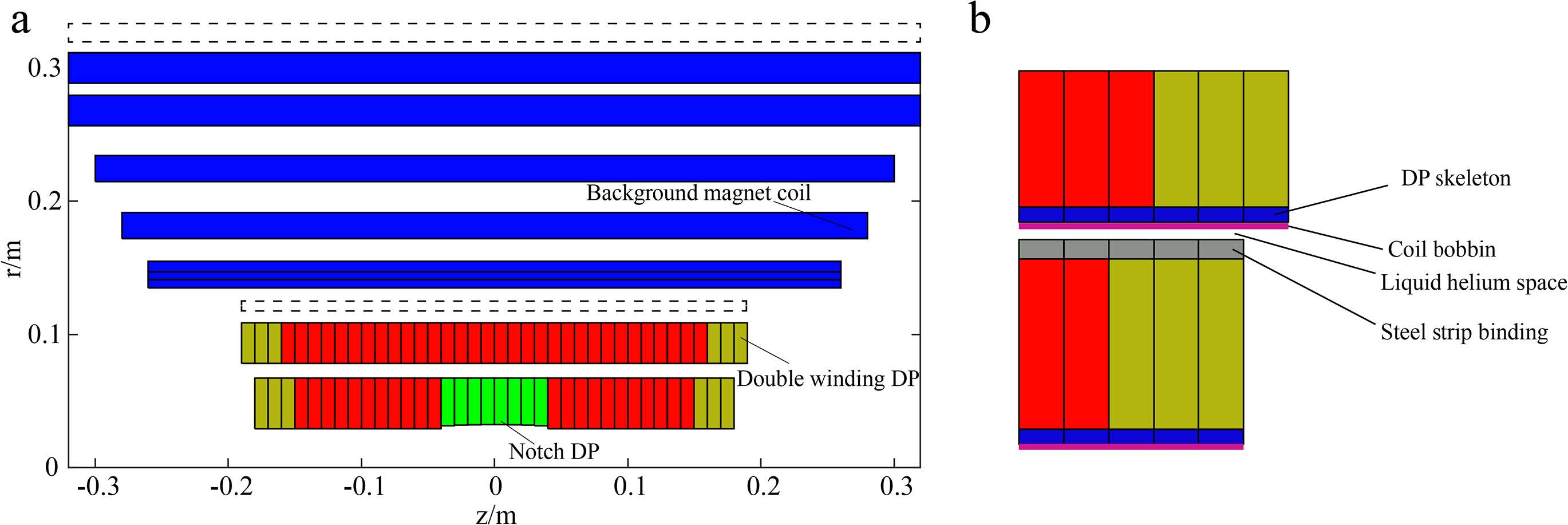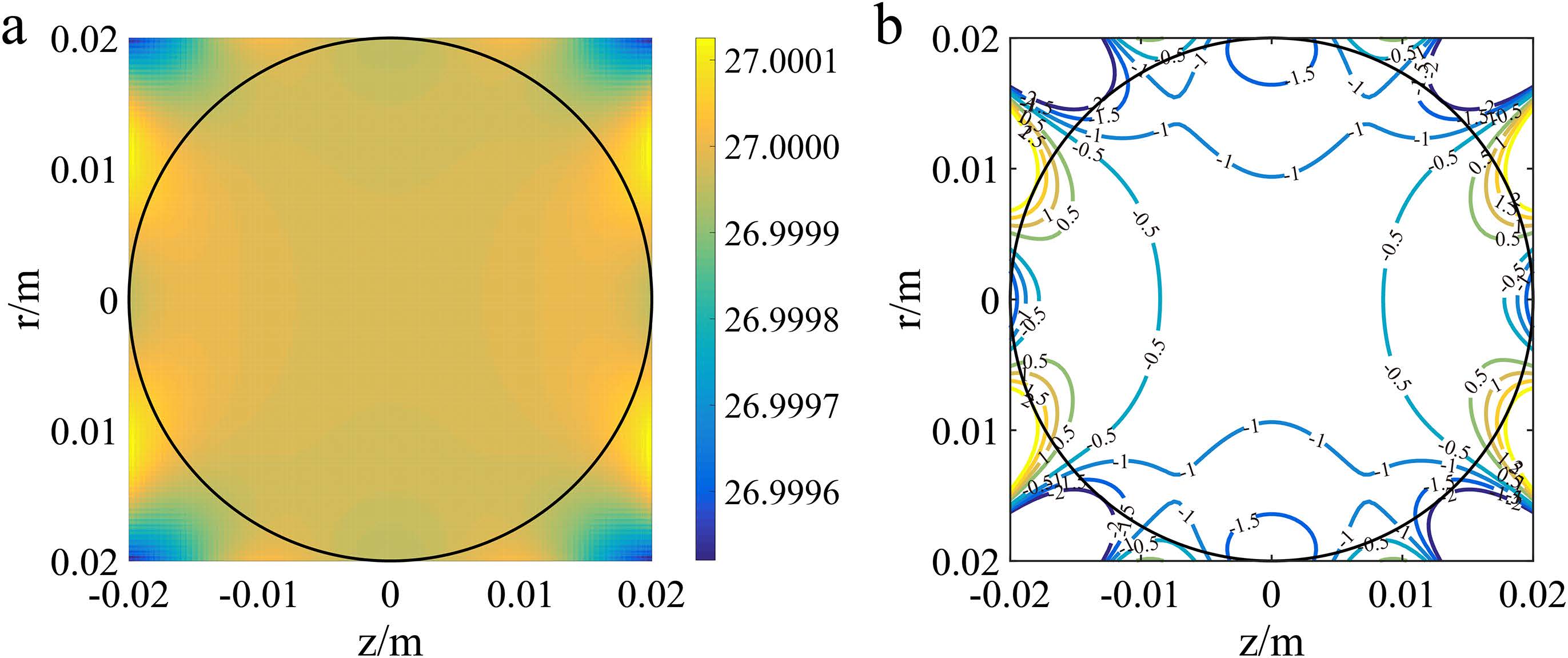IEECAS is manufacturing a 27 T NMR superconducting magnet system.
介绍
Nuclear magnetic resonance (NMR) is an important tool forthe analysis of material structures.
Development of a high field nuclear magnetic resonance(NMR) technique is a feasible route to improve the level ofmaterial detection through significant augmentation of resol-ution and sensitivity [1,2].
Although mag-netic field intensity of more than 30 T has been reached by acombination of an LTS background magnet or resistive magnetand an HTS insert magnet [16–21], and the Bruker corporation announced a successful launch of a 1.2 GHz commercial NMR spectrometer, the corresponding shimming technique has not been fully reported [22].
IEECAS is manufacturing a 27 T superconducting magnet system with a 40 mm DSV size, which will be used in the high-field NMR spectrometer, a part of the Synergetic Extreme Condition User Facility (SECUF) of China.
An LTS/HTS hybrid system is used to generate a 27T magnetic field, in which The LTS is provided by Oxford Instruments and the HTS insert magnet adopted ${Bi_2Sr_2Ca_2Cu_3O_x}$ tape [17,23–29].
Soaked in liquid helium, the operation current of the HTS magnet is 241.8 A, and the current margin amounted to 45.64%.
磁体结构
The HTS insert magnet composed of 2 coils that contain 36 DPs (the inner coil) and 38 DPs (the outer coil) respectively
At the ends of the coils, a double-winding scheme was applied to increase the current margin so as to augment the magnet stability.
The HTS magnet adopted notch DP optimization to improve the magneticfield homogeneity over the central area. A series of shim coils are used to 主动塑造磁场形状.

Illustration of the hybrid magnet coils: (a) HTS insert magnet DPs with LTS background magnet coils after notch DP optimization. The dashed region is reserved for shim coils, where the inner region is for zonal coils and the outer one is for tesseral coils; (b) a sketch on the structural layout of the DP coils.
匀场设计
The optimized notch DPs offset the inhomogeneous field components in the large central DSV (40 mm). The maximum perpendicular magnetic field in the DP adjacent to the double winding ones was 3.50 T. With an operating current of 241.8 A, the current margin amounted to 45.64%. The HTS magnet utilized a steel strip to bind the DP coils, reducing the maximum hoop stress from 316 MPa to only 260 MPa, which is much lower than the allowable stress level of 400 MPa.
The first and second-order shim coils were designed for the hybrid magnet system. There were eight shim coils in total, including two Nb3Sn zonal coils and six NbTi tesseral coils. The zonal coils were located between the HTS insert magnet and the background magnet, and the tesseral coils were placed outside the background magnet. Multi-layer winding was used to increase the shimming sensitivity during the shim coil design. With further design of the mechanical structure, cryogenic system and other major parts, the fabrication of the 27 T NMR spectrometer is planned for the near future.

Magnetic field profile of the hybrid superconducting magnet: (a) magnetic field distribution over the central area (unit: T) and (b) magnetic field deviation over the central area (unit: ppm) .

